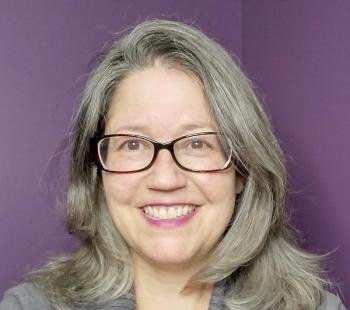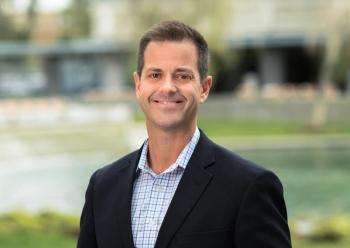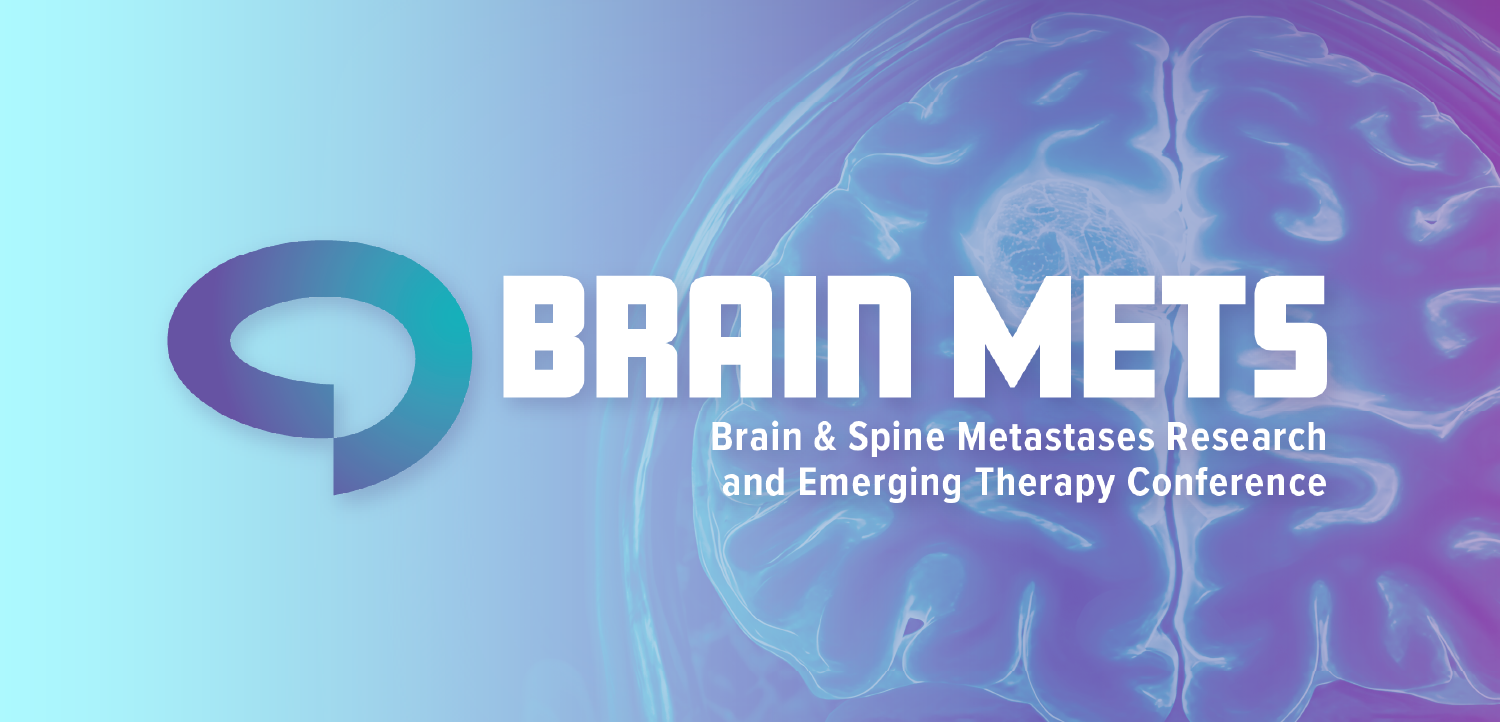
Patient portals ease access to doctors, and that has some drawbacks
Health systems and practices tout the convenience of portals to help schedule appointments and ask questions. Doctors say there can be downsides, and some say they’re overwhelmed by the volume.
Health systems and physician practices have been employing patient portals as they look to make it easier for patients to get the care they need with more convenience.
Patients can use those portals to get test results, schedule appointments, and increasingly, to send questions to their providers about concerns.
Doctors, practices and health systems say that’s very positive, to a point. But some doctors say that they’re seeing a greater volume of messages and it’s adding to their stress and burnout.
More than two-thirds of doctors (68%) said they feel overwhelmed by the volume of messages they received in their patient portals, according to the
Nearly three quarters of those surveyed (73%) said patient portals are improving communication. And a solid majority of doctors (62%) said they prefer using patient portals for communication.
Still, many doctors are clearly struggling to keep up with the queries and the expectations of swift replies.
Chad Dodd, vice president of product development at athenahealth, said portals provide opportunities and some challenges for providers.
“Patient portals are that double-edged sword,” Dodd tells Chief Healthcare Executive®.
“When you make it easier to communicate, that communication is a two-way street,” Dodd says. “You send me a message, I send you back. And so what we're seeing is just that it also is adding more to the day-to-day life of a physician, and also increasing that administrative work … even though there's a benefit and a value to that patient communication side.”
‘The amount of time’
Some physician queries can be answered simply, but others can take more time, and that can add to the stress.
“It's the amount of time it takes to ensure that you're providing the right communication, the right response back to that to that patient,” Dodd says.
“It’s just the sheer time it takes to understand what that patient question is, look at their charts, look at their information, and then provide the right, adequate response back to that patient. I think that adds to that burden, and the feeling of being overwhelmed,” he says.
Most adults over the age of 50 report having and using a patient portal within the last year, according to University of Michigan researchers. Their
Some providers are charging a co-pay for patient portal messages. The University of Michigan study found 13% of patients said they were billed for sending a portal message.
The American Medical Association said in 2023 that physicians have seen a 57% increase in messages to the patient portals. Dr. Christine Sinsky, who recently retired as vice president of professional satisfaction with the AMA, talked about the growing headaches associated with portal messages in
"The number of low-value notifications that are clogging up the inbox for physicians has just become unmanageable," Sinsky said on the AMA Update podcast in 2023. "Physicians say: I cannot give up several hours of my personal time every night to clearing out my inbox."
Perks of portals
Dr. Katherine Gregory, MD, a gynecologist in San Francisco, says she enjoys using the patient portal. She says it’s much more convenient than when she gave her patients her email address or she or a staff member tried to sort out the problem with a phone call.
Gregory says she doesn’t mind getting messages on her patient portal beyond work hours, because she wants to be there for her patients.
“I'm saving a ton of time by using the portal as compared with the alternative,” Gregory says.
Patient portals are useful in answering patient questions and in helping patients avoid more serious issues, she says.
“The time savings, as well as the removal of the barriers of communication that we had if we only had the phone to depend on, they've been huge,” Gregory says. “And there have been many examples over the years of patients who've had problems that they didn't think were that significant, but we were able to see them quickly, and it turned out to have saved them a trip to the emergency room, or have kept small problems small.”
A physician with 30 years of experience, Gregory also doesn’t engage in lengthy exchanges with patients via the portal. Gregory says she’s not swamped with too many calls after hours, because her practice, San Francisco Gynecology, does a great job of answering patient questions during the day. But she does check her portal regularly, including a check just before bedtime and shortly after she wakes up.
If patients are asking numerous questions, Gregory will steer them to schedule an appointment, either an in-person or telehealth visit.
“The understanding in our office is we're not having complex conversations or trying to make a diagnosis by the portal messaging,” Gregory says. “The portal messaging is very, very, very, very much about quickly figuring out, what does this patient need, and then getting that resolved.”



































